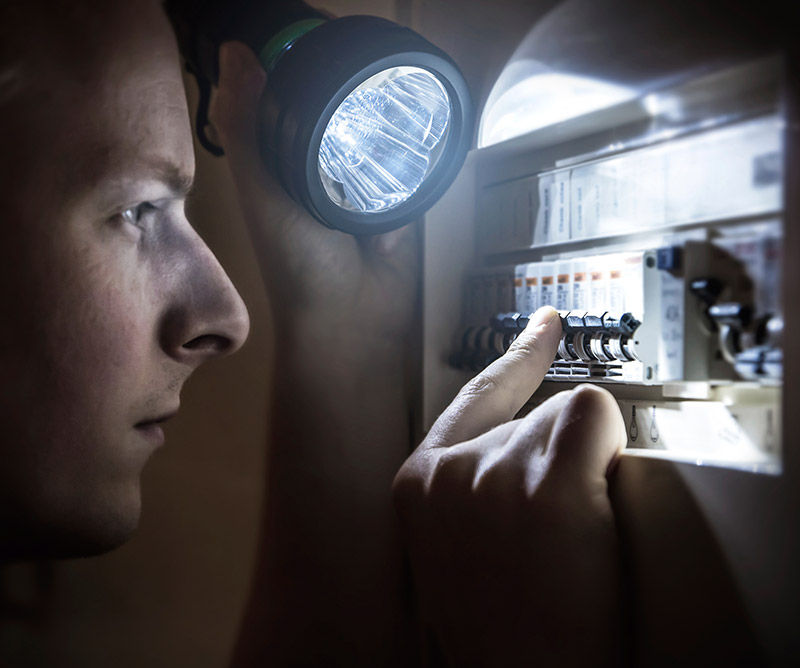Voltage Concerns
There’s more to delivering electricity than sending current to your address. DTE Energy strives to ensure that your power supply is not only affordable and dependable, but also reliably consistent so that it works to safely with all the appliances and electronics you use every day.
Report an Electric Problem
You can always go online to report a power problem or get a restoration estimate. What’s more, you can use the DTE Energy Mobile App to report an outage as well as other important features.
Voltage Concerns
While some fluctuation in voltage is routine, abnormally high or low voltage can cause problems with equipment performance. At home and at work, we are increasingly using electronics and appliances that may be sensitive to electric variations, including computers, security systems, audio and video entertainment equipment, cordless phones, clocks, satellite receivers and more.
Signs of Voltage Problems
- Dimming or overly bright lights
- Multiple pieces of equipment with failed/burnt circuit boards
- Motors that are running hot and have a burnt smell to them
- Microwave ovens that operate louder than normal and take longer to heat
What Can You Do
1. Check First
- Check your appliances and equipment for loose or damaged plugs, outlets and connections. Repair or replace them as needed. Call an electrician if you don't know how to safely replace these items.
- Make sure your sensitive loads (computer, stereo, television) aren't sharing a circuit with your large switching loads (appliances like refrigerators, washers, dryers, microwaves or large, motor-driven equipment) and that they are properly grounded.
- Label breaker panel fuses and circuit breakers showing which rooms or equipment is on which circuit. Minimize interference from motors and other large loads by placing sensitive equipment on separate circuits. Contact an electrician to change or add new circuits.
2. Report The Problem
Report your voltage problem online or call (800) 477-4747 and use our automated system.
Help Prevent Voltage Problems
- Be sure to carefully follow the manufacturer's instructions when installing a new appliance or equipment.
- Older buildings may not be adequately wired to handle all of today's modern electronics. Ask your electrician to check your electric system to ensure your wiring and grounding are in working order and meet electrical codes. Proper wiring and grounding can clear most power problems. Proper grounding of your entire home or business is essential for electronics to operate.
- You may find a disturbance log helpful in diagnosing and resolving many voltage issues. Please refer to the Disturbance Log section of this page for more information.
- There are several devices available that may help alleviate the effects of some power disturbances on the appliances in your home. Learn more about surge suppressors and uninterruptible power supplies.
- When buying appliances or equipment that depend on an internal clock or timer, buy one with a battery backup. Mark your calendar to replace the battery on a yearly basis.
Diagnosing voltage problems can be a difficult task, particularly if the problem only occurs sporadically.
Use a disturbance log to keep a record of your observations. The log will provide information that can be helpful if you need to contact a licensed electrician or work with one of our engineers after your power problem has been reported. For example, the log may help determine patterns in your power disturbances, such as specific times of day or the frequency of occurrences.
How to Create a Disturbance Log
- Place this disturbance log in a convenient location near the process or equipment affected by the problem.
- Each time you observe a power disturbance, jot down the date and time of the event.
- What else was happening when the power disturbance occurred? Did a major appliance (like a refrigerator, furnace or air conditioner) cycle on or off? Did a fuse or circuit trip? Was there a weather disturbance? Note your observations in the Simultaneous Events column.
- Was the affected equipment inoperable? How? For how long? Were you able to reset the equipment?
- Did you notice any permanent damage to the affected equipment? If yes, what?
